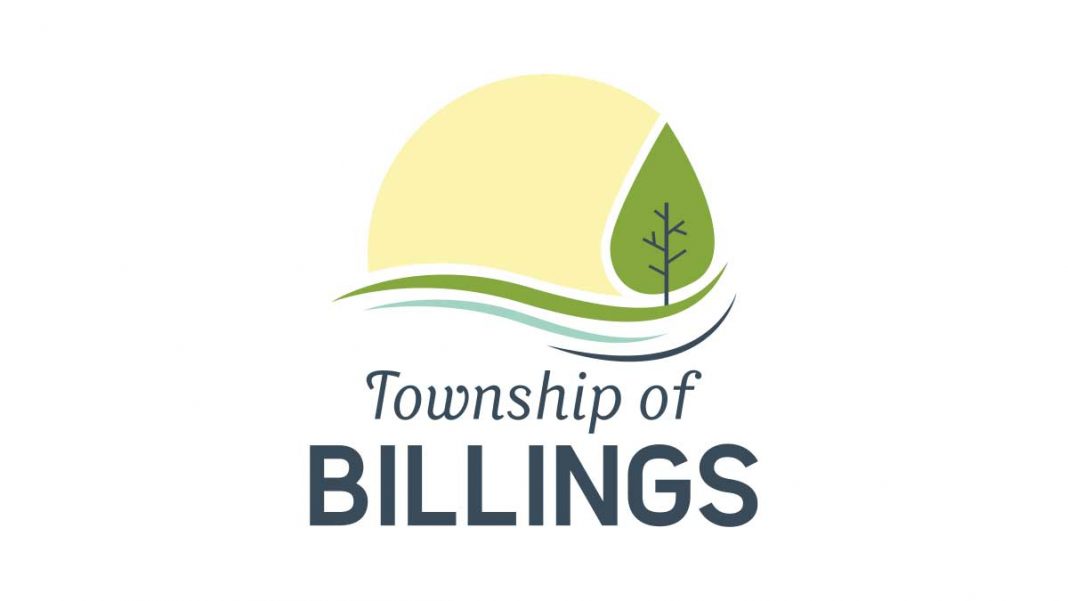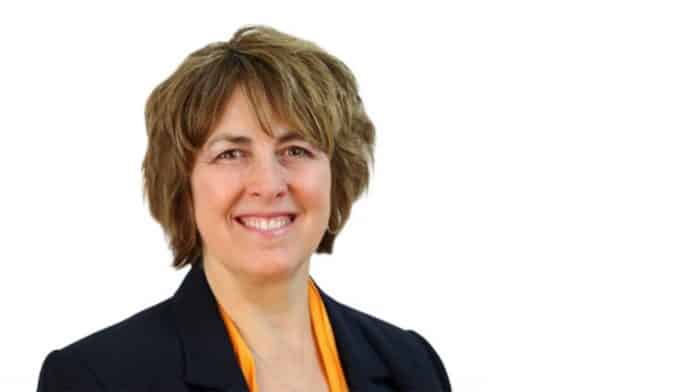KAGAWONG – The council of Billings Township held its first formal meeting regarding the development of the Township of Billings’ 2022-2025 strategic plan on April 27. The current plan covers 2018 to 2021 and was designed to bridge council terms for continuity. The intent of the meeting was to start the development process and to ramp up for effective engagement in the planning process.
Todd Gordon, economic development officer for Billings, guided council through the process. “A strategic plan is neither a legislated or regulated activity but something that serves the municipality by influencing decision-making and benchmarking performance. You have to look at the strategic plan as a process. Council sets the parameters for plan development, establishes at least draft versions of vision and mission statements and establishes priorities for how we approach planning,” he said. “This will be followed by a community engagement process, draft plan creation, another round of council and community engagement on the draft, and creation of the final document.”
“A strategic plan is one of the means by which municipalities can communicate among themselves and with community and stakeholders where they are and where they are going,” Mr. Gordon told council members. “It creates and maintains a longer-range view and provides a guide to ongoing operations. It’s a useful tool for benchmarking performance and demonstrates capacity to other partners, senior levels of government and potential funders.”
Council was tasked with reviewing the existing strategic plan and considering the process that occurred and what was and wasn’t accomplished. Mayor Ian Anderson led the discussion. “The original prior areas identified by council are all still valid and worthy of further consideration,” he said. He’d like to see the continued development and implementation of long-term road infrastructure and maintenance. “Roads are foremost in everyone’s mind,” he said. “I would like consideration given to creating a roads committee.”
Mayor Anderson acknowledged there were areas that needed more work such as communication but pointed to the waterfront development project, Bridal Veil Falls parking and traffic safety improvements and the now permanent economic development position as successes.
Councillor Bryan Barker said he would like to see enhanced community engagement but believed the previous plan was developed through a fair and effective process. He wondered if, “in hindsight, 20 priority actions might have been a little aggressive for completion.” He also noted, “some data gaps in action items and accountability as a matter of timing.”
Several council members pointed to the Community Energy Emissions Plan (CEEP) as being well underway and a comprehensive plan for reducing greenhouse gas emissions as a highlight and touched on human resources as requiring further consideration. “COVID has really exacerbated staff workload so I think we should look at the realignment of committees and how that can help,” said Councillor Barker.
A draft vision and mission statement was agreed upon as a starting point for discussion. Mr. Gordon then led council through a SWOT (strengths, weaknesses, opportunities and threats) analysis. An engaged and vibrant community, a strong commitment to volunteering, natural beauty, an excellent waterfront and other tourism resources, diverse demographics, and a dedicated staff were considered strengths. Billings’ small population across a large geographical area, weak infrastructure, poor road bases, small staff, poor broadband, taxes and limited services made the list of weaknesses to consider. Building a greener community with more recreation activities and increased economic development are opportunities for Billings Township to take advantage of. Climate change, high water levels and dry summers were notable threats discussed.
Wrapping up, Mr. Gordon noted that council engagement is ongoing and community input will be sought as part of the process. A draft document is expected by September with the final plan completed in December. Mr. Gordon emphasized that “ongoing monitoring and evaluation of the plan is crucial for its success and that means the ability to revise it as necessary.”
Mayor Anderson thanked Mr. Gordon for the work he had put into this. “All of us have a much better vision of what we want to do and how to get to the finish line,” he said. “There were lots of good ideas exchanged here with input from everyone.” He ended by thanking municipal staff and crediting them for their work on the project.





